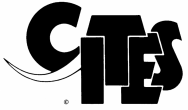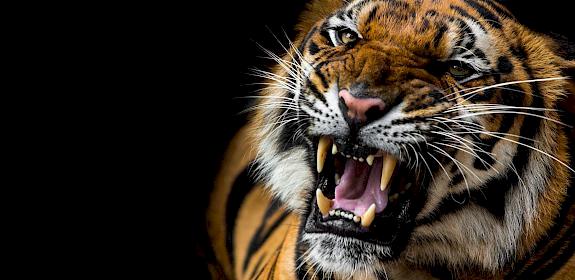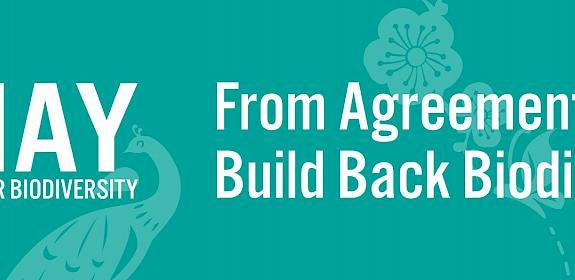Notes:
* www.eu-wildlifetrade.org provides up-to-date information in 20 EU languages aimed at the commercial wildlife trade sector and the general public on various aspects of wildlife trade in the EU.
* In December 2006, EU Environment Ministers formally acknowledged the need for EU assistance in promoting the conservation and sustainable use of wildlife in developing countries and effective implementation of the CITES Convention. (Council Conclusions, 2773rd meeting of the Council of the European Union, 18th December 2006).
Convention on International Trade in Endangered Species of Wild Fauna and Flora (CITES)

The Convention on International Trade in Endangered Species of Wild Fauna and Flora, is an international agreement between governments that aims to ensure that international trade in specimens of wild animals and plants does not threaten their survival. Find out more here.





